Walecznych 7
20-127 Lublin
Poland
The new Jewish cemetery was established in 1829 on land outside the then Lublin city limits. Around 1839 the cemetery was surrounded by a wall. In the following years the area was enlarged by the purchase of land. In 1918, a plot of land was added to the north, where a military cemetery was established.
During the Second World War, the cemetery was expanded for the last time. The necropolis was still active during the activity of the Lublin ghetto. The victims of the German terror and those who died of natural causes were buried there. In 1942 the cemetery was destroyed by the Germans. The matzevot were used to pave the so-called ‘Black Road’ (czarną drogą) in the Majdanek concentration camp. All that remained of the new cemetery at the end of the war was an empty square, a fragment of the wall, and the destroyed ohels of Rabbi Meir Szapiro, who died in 1933, and the Eiger family.
In the 1960s, the Lublin city government granted permission to build a road through the center of the cemetery. In this way the area was divided into two squares of 3.5 hectares each. At the end of the 1980s the cemetery was taken care of by the Sarah and Manfred Frenkel Foundation.
The separated part of the cemetery is still active and is used as a burial place by the Lublin branch of the Warsaw Jewish community. There are numerous mass graves from World War II, about 50 contemporary gravestones, and two memorials dedicated to the Jewish victims of National Socialism.
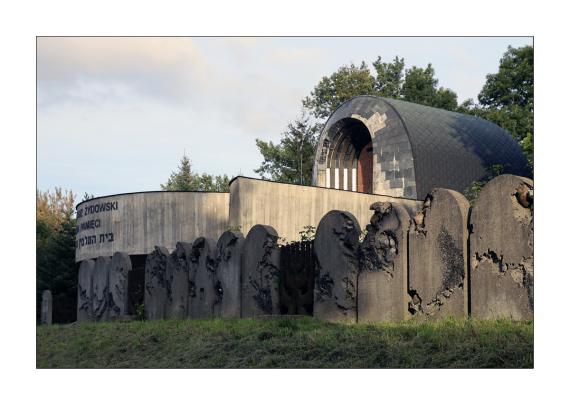
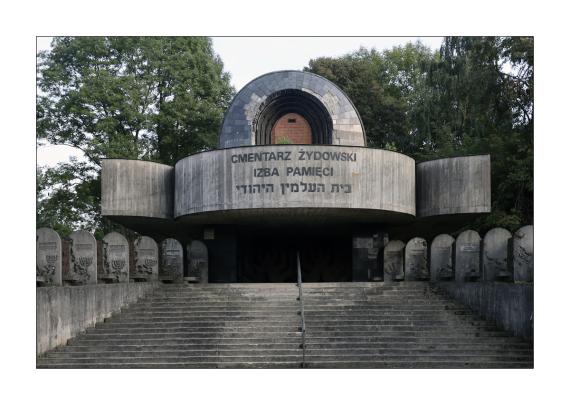
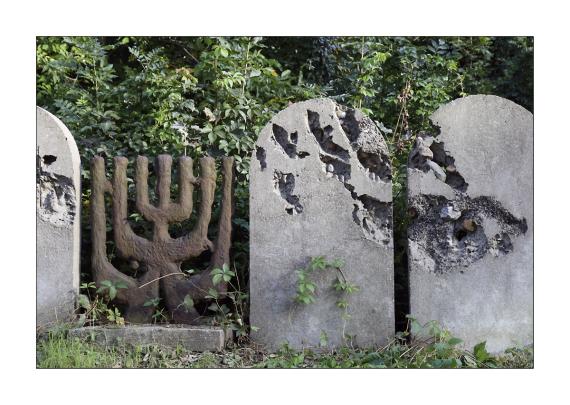
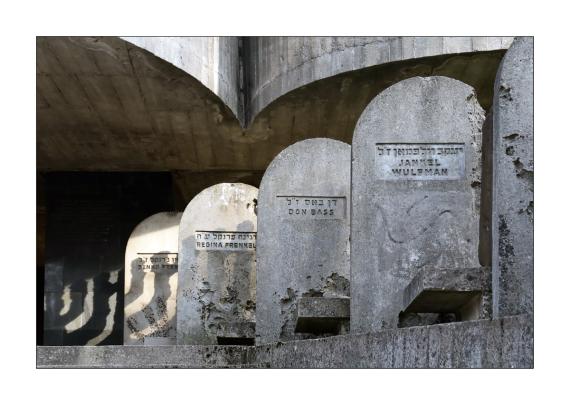
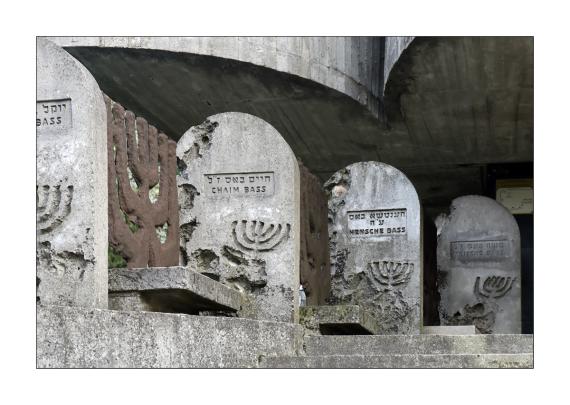
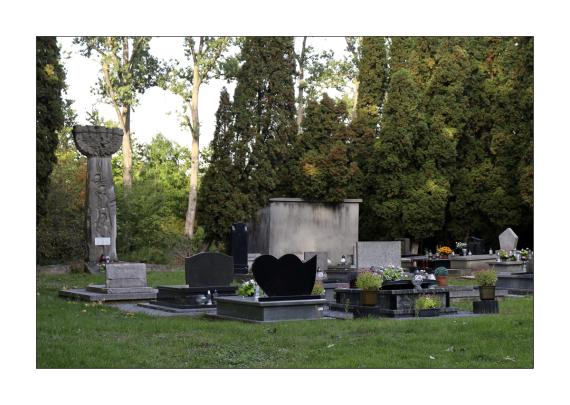
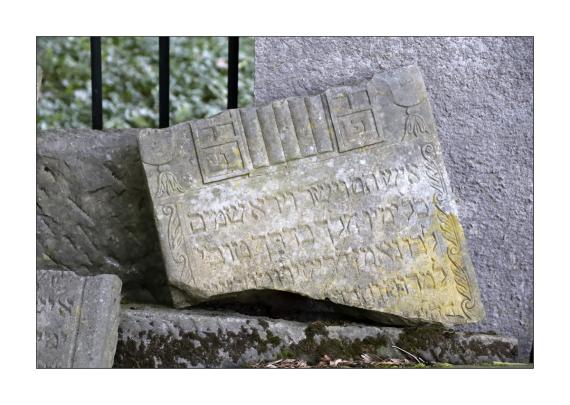
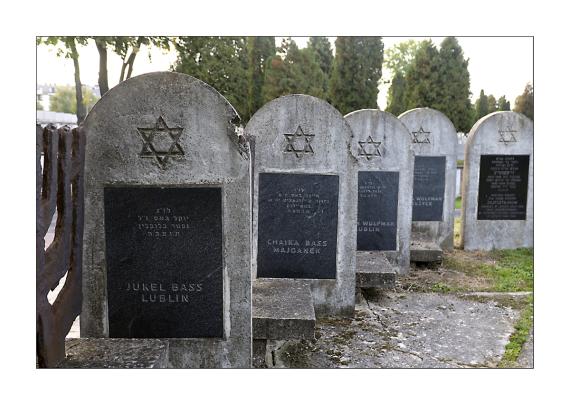
Add new comment